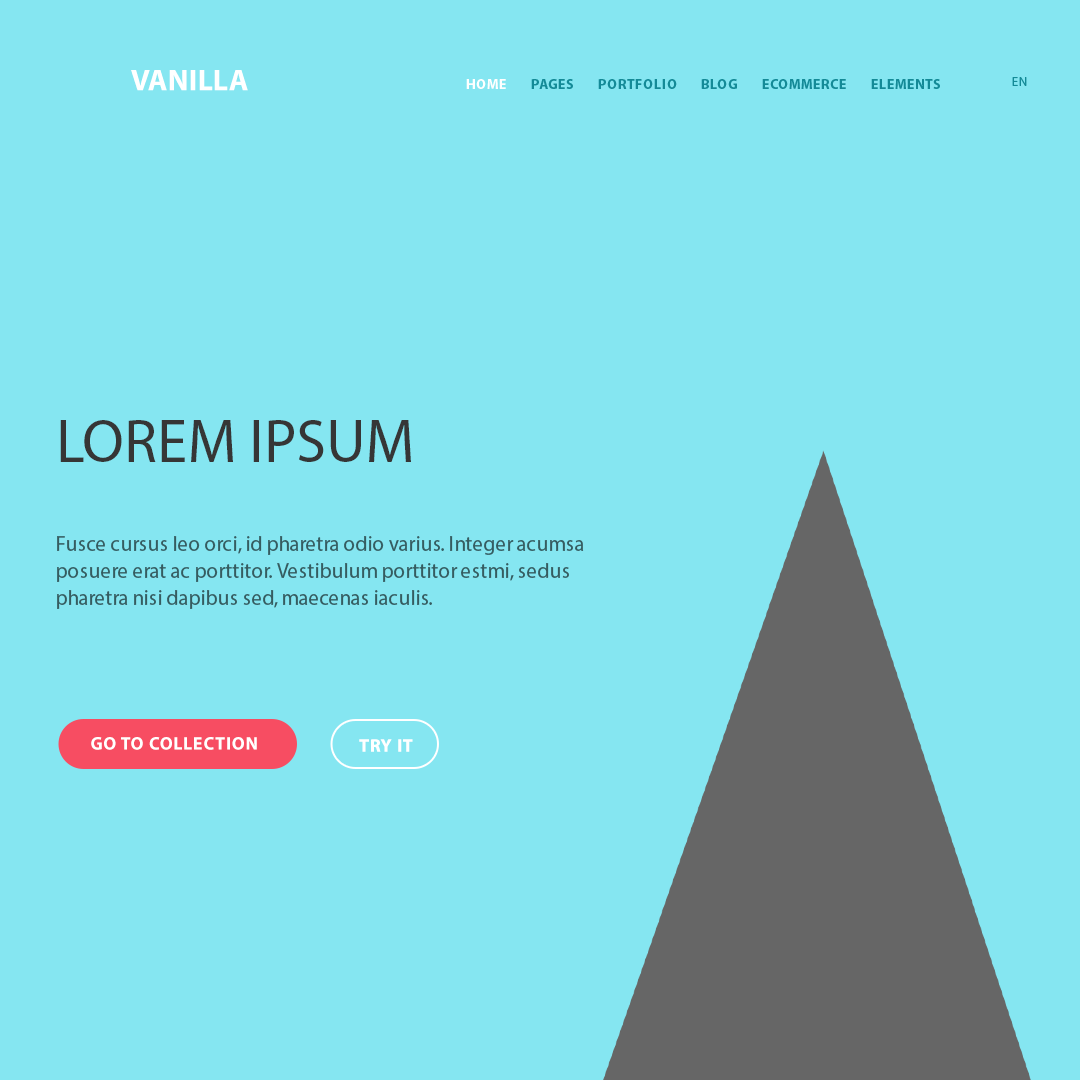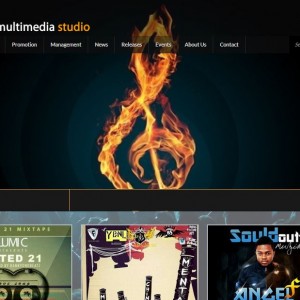
10 Things Every Business Should Know Before Creating A Website
Creating a website for your brand is one of the important aspect of growing your company on the the internet. For many, this is hard to face because a lot of people simply don’t have the skills to build one themselves. You do have the option, of course, of paying a developer to do this for you and paying freelancers to load your site up with the appropriate content.
The fact of the matter is that the work involved with building a successful website should be done upfront. There are steps that need to be taken before you should begin building a website or even start to have one built for you. The 10 steps are:
1.Strategic Planning
The very first step is the one that people often struggle with the most, but once you get past this, you will have an amazing strategy put in place that will serve as the foundation for everything else that needs to be done. A major problem that people face is that they don’t really know what they want starting out. They know that they need a website, and they have a vague idea of what purpose that website should serve. However, they haven’t really taken the time to map out what they want to display to the world about themselves and their business. It is imperative that you do so before you begin to build your website.
The point of all this is to create a website that is successful. In order to do that, you are going to need to take some time to think about who you are, what you’re passionate about, and what the core values of your business are. If you don’t know who you are, then how are you going to know what you need to create? When you don’t clarify, that lack of clarity comes across to the visitors of your website. Always keep in mind that when you put up a website, you are sending a message to your customers and/or visitors to that site. It is up to you whether that message is clear and professional or if it comes across as confusing and jumbled. That’s why it is so important that you begin by implementing a successful website strategy.
2. Customer Journey
Once you have established the core values that your business and/or website should be based upon, and you know what message you want to send to people visiting the site, you can begin to envision what your site should include. Now it’s time to start considering what type of journey you are leading people through as they embark upon your site. First and foremost, you will want to consider what the visitor’s first impression will be when they land on your homepage. After all, first impressions are everything, aren’t they? Therefore, this is one of the most important details to consider as you plan your website. Again, this should all be based upon a single message that you have decided to communicate with people through your website.
All along the way, you should keep your initial message in mind as it is the foundation of your website strategy. You’ll want to envision how you want people to move through your site and what impression you are making at every turn. As they go from page to page, are you sending a clear message of what your company and brand is all about? What pages should be included that will make it easy for your user to navigate the site? They should be able to effortlessly find their way to the pages that are set up for them to buy from. What content would make them more likely to stay on the site, interact, and buy? These are all questions you should ask yourself before moving forward to build your website.
3.Sitemaps
As you plan your website, and you are considering the user experience, you’ll want to start mapping out all of the pages that you want to include. It’s likely that you have a general idea in your mind of what pages would be best to have on your site, but actually putting pen to paper and drawing it out will help you to get a bird’s eye view of what pages you should build. You can always use programs like Paint to give you a pictorial view of how your website should pan out, but there’s something about putting a pen to paper and sketching it out that seems to make things more viable.
No matter how you go about mapping out your site, you’ll want to start by figuring out what the main categories in your top-level menu will be. Then, carefully start to map out what pages should be included in each section of your website. Be sure that as you are mapping out your site, you take time to consider what the user experience will be at each phase and if they will be able to easily find what they need.
4. Wireframes
The next step you’re going to take is to begin to build your site with wireframes. People often have trouble with this action step, but the key to this is to keep it simple. Each page on your website should have one objective. This will keep your user or visitor from becoming confused as they navigate the site. Remember a confused consumer doesn’t buy, so each page needs to be set up so that the user can find what they need and make it easy for them to move along to purchase your product or service.
5.Contents
The content that you provide as you build your website is not only going to bring more people to your site, but it is going to cause them to stay longer and interact with your brand more. This is extremely important when it comes to getting people to purchase more as well as being able to better rank your site on search engines like Google. Furthermore, the content that you provide will help your business to better stand out and help you to establish yourself as an authority in your market.
Again, you will want to pay close attention to who your user is and what type of content they would enjoy. It’s good to have a mixture of written content, images, and video in most cases. As you plan your website and its content, take the time to examine whether or not what you are providing is in line with the message you are trying to send to people and what your overall brand is all about.
6.Design
I love designs, it gives your site the beauty it need for visitors to interact. Design is an important part of your website strategy, but people often put too much emphasis on this and not enough in other important areas. In many instances, people let their website design become something that holds them back. Website design is really quite simple, actually. People are instinctively drawn to things that are visually appealing. Therefore, that is the goal. You want to choose a design that will make people want to visit your website and remain there for as long as possible. That’s it. Other than that, you just want to make sure that your design stays consistent with your branding and the overall message you are communicating through your site, which are things that you actually already worked out in Step 1 and Step 2.
7.Systems
Always remember that the functionality of your website is going to have a direct effect on how people view your brand. If your website is not organized well, or it is not easy to navigate, people are going to have a bad impression of your business overall. You want to seem very professional and credible to your users, and therefore, the systems that you laid out within your site should be a major part of your website strategy. Take time to carefully consider the shopping cart that you’re going to use, the email auto-responder, and marketing systems that you implement.
8. Testing Your Website
Don’t just rely on what others say. Take some time to test out your website and its functionality. You’ll want to know first-hand what problems your customers will have as they try to navigate your site before you even send the very first spree of traffic to it. As Benjamin Franklin once noted, “An ounce of prevention is worth a pound of cure.” This is absolutely true for your website.
The last thing that you’ll want is to pay good money to send well-targeted traffic to your website, only to find out that many of them bounced right off of it because they had trouble navigating it or using the systems within it. Obviously, sending people to your site before it has been thoroughly tested out is not a good website strategy for your business. Spend time ensuring everything is right and your message is consistent before sending in traffic, or everything that you have up to this point will be useless.
9.Analyze
By the time you reach this step, your website will be up and running, and hopefully, doing well. If you were consistent about how your company is being represented and the users are finding your content valuable, then you will be on the road to having a successful website that serves the needs of both you and your customers.
Using analytics is a great way to help your business grow. A lot of people don’t realize that they can use services like Google Analytics to see things like what buttons visitors are clicking on the most, where the most traffic is coming from, and how long people are spending on the site. That’s sad because the data you receive from such services can be an extremely valuable asset. This data helps you understand what changes you can make to your site to not only bring in more targeted traffic, but make the user’s experience more enjoyable, and ultimately, get more people to take advantage of your amazing products and/or services.
10. Split Testing
Another great way to gain valuable data about your website is to do some split testing. It’s important to note that your website doesn’t need to be perfect when you first launch it. This is key because it is what stops many people from moving forward. As previously stated, you should put a substantial amount of time into your website strategy and how you want your brand to be represented. You should also spend a good amount of time mapping things out as you plan your website, but don’t let perfectionism get in the way of progress.
Once you get your site up, you can begin to split test variations of your pages, using different headlines, video titles, button colors, and so forth. It’s often surprising how a slight change to a page can make a substantial difference in the amount of interaction, engagement, and purchases your website receives. That is why split testing your pages is very highly recommended.








